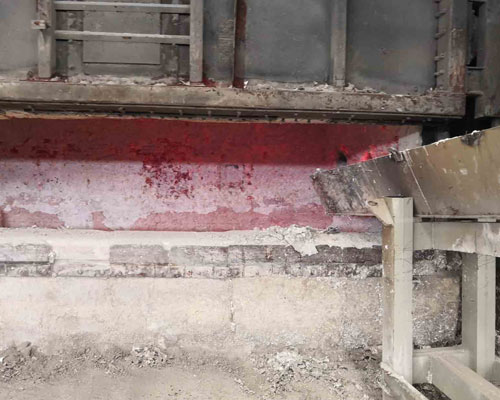
30 Jul Aluminium Refinery In India
Aluminium Refinery In India can remove gas and solid non-metallic inclusions from the aluminium melt through physical, chemical or physical-chemical interactions, called refining agents. According to the physical state, the commonly used aluminum alloy refining agents include gas refining agents, liquid refining agents and solid refining agents.
There are two types of gas refining agents: inert gas and active gas.
Inert gases refer to those gases, such as nitrogen, argon, etc., that do not chemically react with the aluminum melt within the normal melting temperature range and have a very small degree of I in the melt.
Active gases refer to those gases that can chemically react with the melt within the normal melting temperature range, but do not cause pollution to the aluminum melt, such as chlorine and freon.
In the actual gas refining, in addition to the above-mentioned gases, there are also their mixed gases, such as chlorine-nitrogen, argon-chlorine, argon-freon and so on.
Liquid refining agents for aluminum alloys are mainly chloride salts that are liquid at high temperatures, such as carbon tetrachloride and titanium tetrachloride.

It is better to control the melting temperature of 6063 aluminum alloy between 750-760℃. Too low will increase the generation of slag inclusion, and too high will increase hydrogen absorption, oxidation, and nitriding loss.
The solubility of hydrogen in molten aluminum rises sharply above 760°C. There are many ways to reduce hydrogen absorption when heat is reduced, such as drying the melting furnace and smelting tools, and preventing the use of flux from damp and deterioration.
However, the melting temperature is one of the more sensitive factors. The excessive melting temperature not only wastes energy and increases costs, but is also a direct cause of defects such as pores, coarse grains, and feather crystals.
Aluminium Refinery In India is an important auxiliary material used in aluminum alloy smelting. At present, the main components of fluxes sold on the market are chloride and fluoride. Among them, chloride has strong water absorption and is easy to be damp.
Therefore, the raw materials used in the production of flux must be dried, the moisture must be completely removed, the packaging must be sealed, transportation and storage must be prevented from damage, and the production date must be paid attention to. If the storage date is too long, moisture absorption will also occur.
In the smelting of 6063 aluminum alloy, if the slag remover, refining agent, covering agent and other fluxes used absorb moisture, the aluminum liquid will produce different degrees of hydrogen absorption.
It is also very important to choose a good refining agent and to choose a suitable refining process. At present, most of the refining of 6063 aluminum alloy uses powder spray refining. Great efficiency.
Although this feature is obvious, the refining process must also be paid attention to, otherwise the aluminum rod will not have the desired effect. The nitrogen pressure used in the powder spraying refining is better, and it is better to meet the powder blowing. If the nitrogen used in the refining is not High-purity chlorine (99.99% N2), the more nitrogen is blown into the aluminum liquid, the more the moisture in the fluorine gas will cause the aluminum liquid to oxidize and absorb more hydrogen.
In addition, the fluorine gas pressure is high, and the rolling waves generated by the molten aluminum are large, which increases the possibility of oxidation and slag inclusion.
If high-purity nitrogen is used in the refining, the refining pressure is high, the bubbles generated are large, the buoyancy of the large bubbles in the aluminum liquid is large, the bubbles rise rapidly, the residence time in the aluminum liquid is short, and the hydrogen removal effect is not good and wasteful. Nitrogen increases costs.
Therefore, nitrogen should be used less, refining agent should be used more, more refining agent has only advantages, no harm.
The key point of the powder spray refining process is to use as little gas as possible and spray as much refining agent into the aluminum liquid as possible.


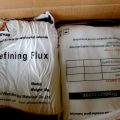

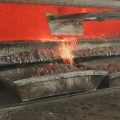

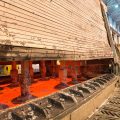
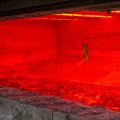
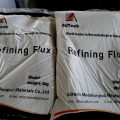
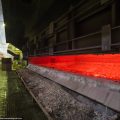
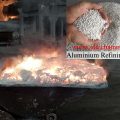

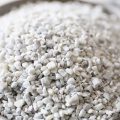
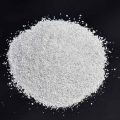
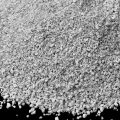
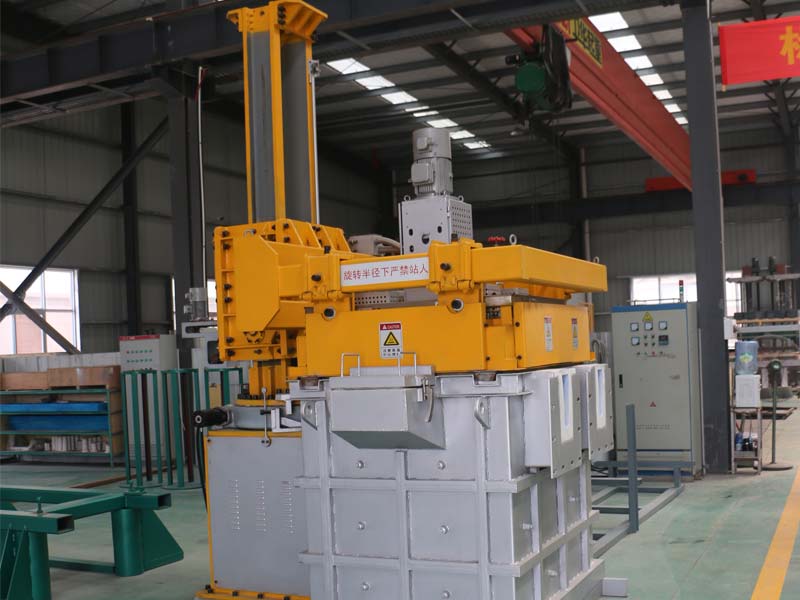
No Comments